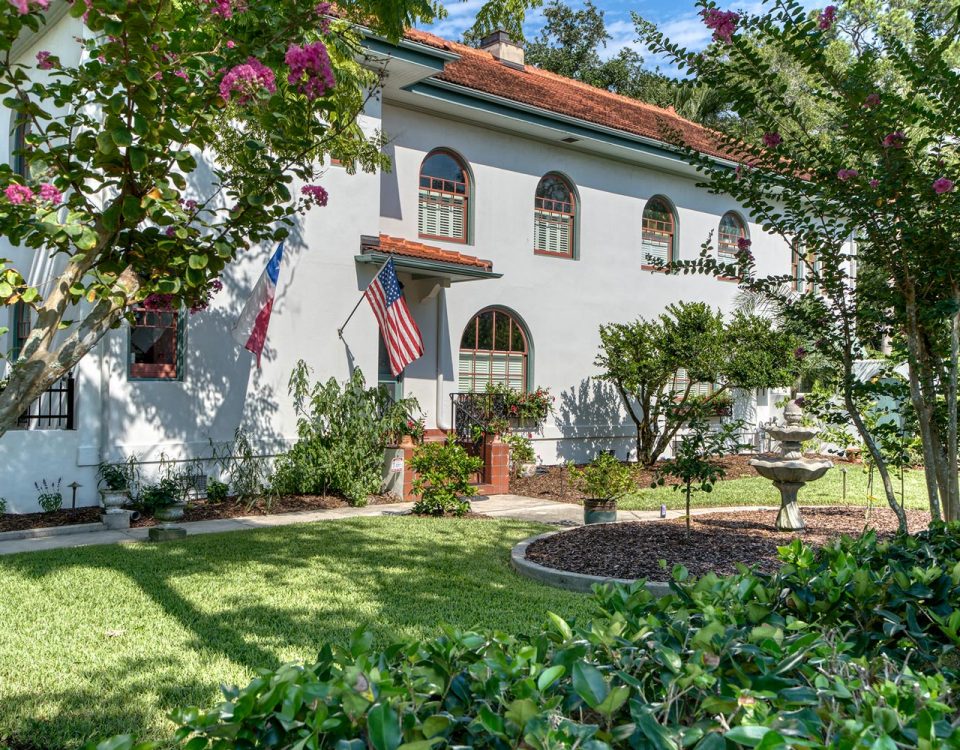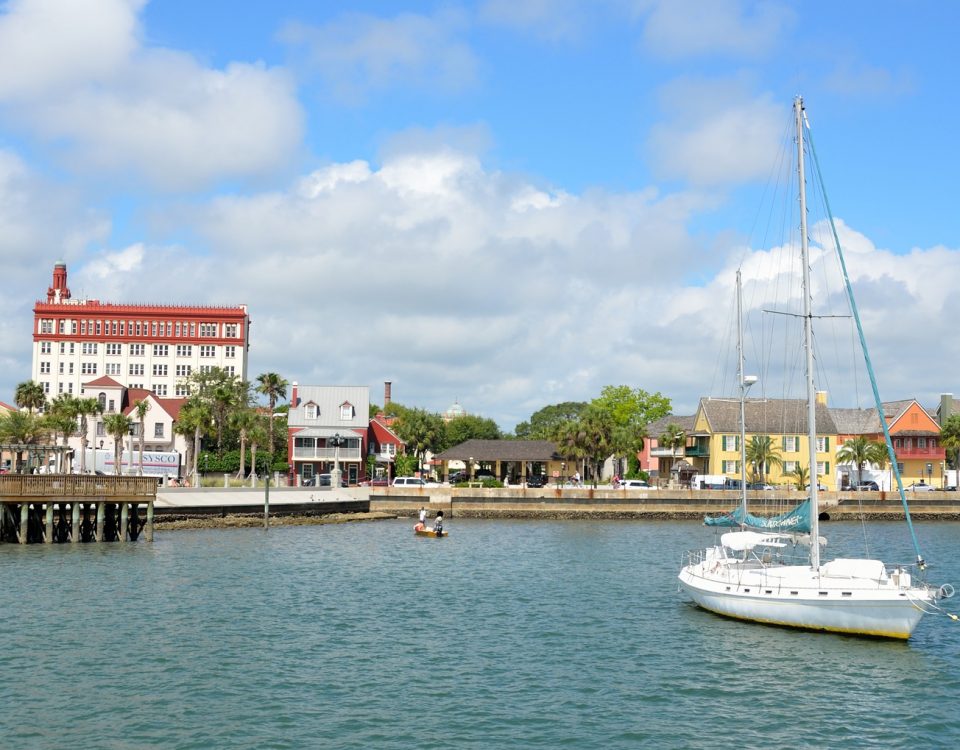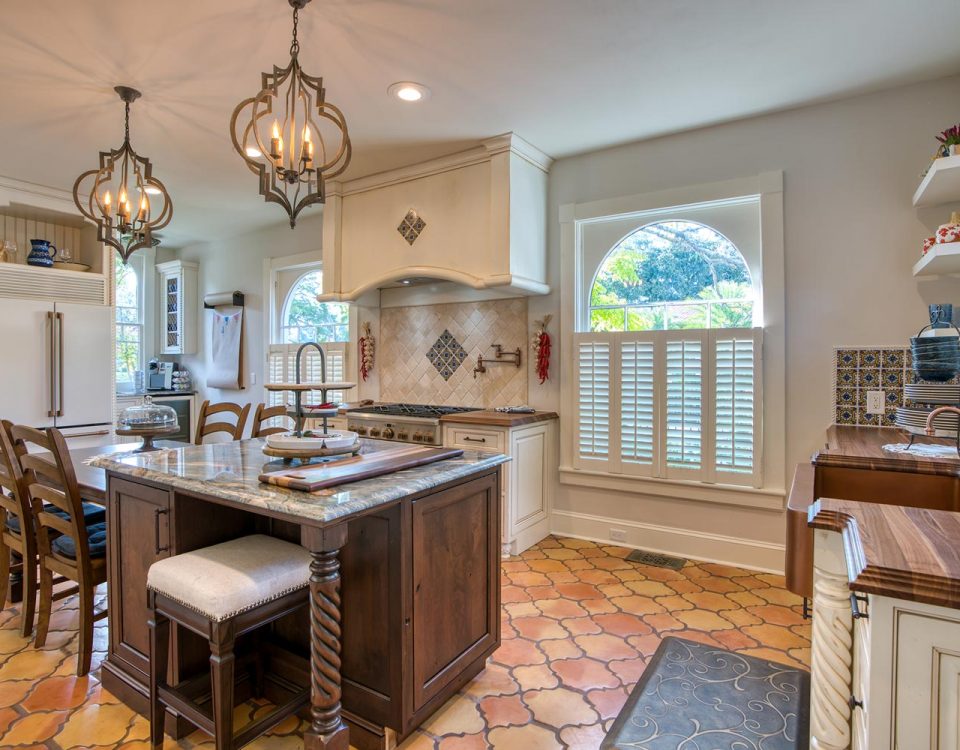Historic Sites
St. Augustine wouldn’t be the nation’s oldest continually occupied European settlement without many of the historical landmarks that tell of the city’s storied past. From Native Americans, Spanish settlers, British soldiers and the occasional pirate to 18th century dilettantes, tycoons and eccentric millionaires, St. Augustine has been home to a wide range of cultures, which are still preserved through the city’s historical sites.
Our oldest relics date back to the 1500’s when Pedro Menendez de Aviles established America’s oldest city at the Mission de Nombre de Dios. The grand coquina fortress, the Castillo de San Marcos, and the historic city gates serve as an imposing reminder of the Spanish Empire who once ruled these cobblestone streets.
In the 1800’s St. Augustine began its renaissance with the arrival of Henry Flagler. The railroad tycoon constructed several decadent hotels including the Flagler Hotel (now Flagler College), the Alcazar Hotel (now the Lightner Museum and City of St. Augustine offices) and the Casa Monica (recently restored and returned to its roots as a beautiful hotel).
Strolling around the downtown historic district, you will find that discerning the true historic sites from the gorgeous town around them is both a fun and educational challenge. Come discover four centuries of Floridian and American history.
Museums
Informative, fun and extremely eclectic, St. Augustine museums are some of the best the state has to offer. The Lightner Museum, housed inside one of Henry Flagler’s former hotels, offers a wide variety of artifacts including an ancient mummy and a stuffed lion that once belonged to Winston Churchill. Nearby, the very first Ripley’s Believe it or Not! Museum is located inside the historic Castle Warden. First built as a private residence, the building was remodeled during the WWII era and turned into hotel where famed author Marjorie Kinnan Rawlings once kept an apartment.
Touring these museums, you will find that it’s hard to pinpoint what’s more impressive—the collections and artifacts on display or the historic buildings themselves. Either way, both are worth the visit!




